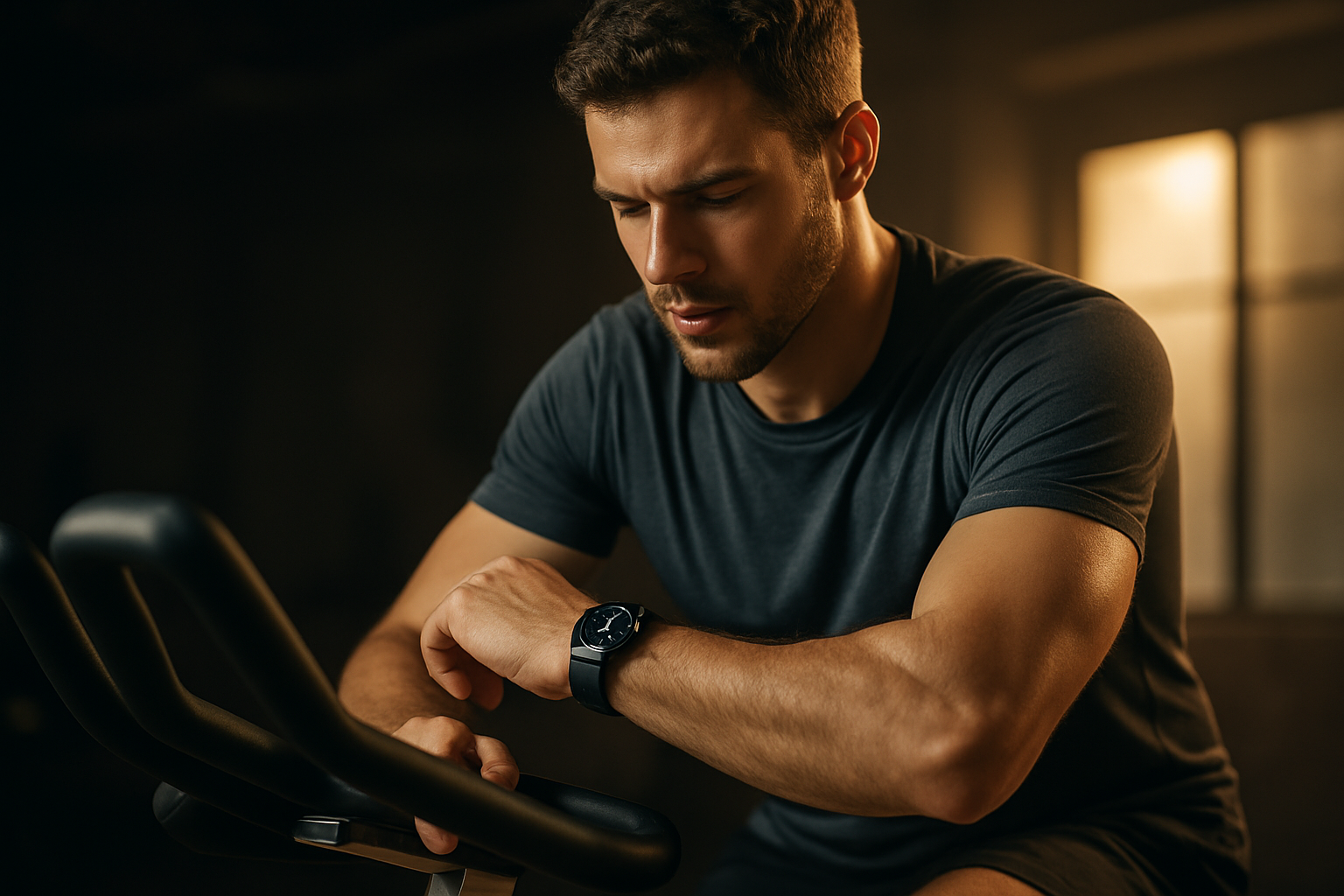Chrono-Cycling: The Time-Based Fitness Phenomenon
In the ever-evolving world of fitness, a groundbreaking trend is taking hold, captivating exercise enthusiasts and wellness seekers alike. Chrono-cycling, a revolutionary approach to physical activity, is reshaping how we think about workout timing and intensity. This innovative method combines the principles of chronobiology with strategic exercise planning, promising enhanced performance, improved recovery, and better overall health outcomes. As the fitness industry continues to evolve, chrono-cycling stands out as a beacon of scientific precision in personal wellness. Its growing popularity among athletes, fitness professionals, and everyday gym-goers signals a shift towards more personalized and efficient workout regimens.

Research has shown that certain times of day are more conducive to specific types of exercise. For instance, strength training may be more effective in the late afternoon when body temperature and muscle strength naturally peak. Conversely, cardiovascular exercise might yield better results in the morning when cortisol levels are higher, potentially enhancing fat burning and improving endurance.
Implementing Chrono-Cycling in Your Routine
Adopting a chrono-cycling approach requires a thoughtful analysis of one’s daily schedule and natural energy patterns. It begins with identifying your chronotype – whether you’re a “morning lark,” “night owl,” or somewhere in between. This self-awareness forms the foundation for creating a personalized workout plan that aligns with your body’s natural rhythms.
For morning larks, high-intensity interval training (HIIT) or cardio sessions might be ideal shortly after waking, capitalizing on the body’s natural cortisol spike. Night owls, on the other hand, might find better success with strength training or flexibility work in the evening hours when their body temperature and muscle flexibility are at their peak.
It’s important to note that chrono-cycling isn’t just about timing; it also involves adjusting the type and intensity of workouts based on your body’s daily fluctuations. This might mean scheduling longer, more intense sessions during your peak energy hours and reserving lighter, recovery-focused activities for times when your body naturally slows down.
Benefits of Chrono-Cycling
Proponents of chrono-cycling report a wide range of benefits, from improved athletic performance to better sleep quality. By working with the body’s natural rhythms rather than against them, individuals may experience:
- Enhanced muscle growth and strength gains
- Improved cardiovascular endurance
- More efficient fat burning
- Reduced risk of injury
- Better sleep patterns and overall recovery
Moreover, chrono-cycling can lead to increased consistency in workout routines. When exercises are timed to align with periods of natural energy and motivation, individuals are more likely to stick to their fitness plans long-term.
Chrono-Cycling and Nutrition
The principles of chrono-cycling extend beyond exercise timing to encompass nutritional strategies as well. This holistic approach, sometimes referred to as “chrono-nutrition,” involves timing meals and specific nutrient intake to support workout performance and recovery.
For example, consuming complex carbohydrates before a morning workout can provide the necessary energy for high-intensity exercise. Post-workout protein intake might be more beneficial in the evening to support overnight muscle repair and growth. Some chrono-cycling practitioners even adjust their macronutrient ratios throughout the day to align with their body’s changing energy needs and metabolic rates.
Challenges and Considerations
While chrono-cycling offers exciting possibilities for optimizing fitness routines, it’s not without its challenges. One of the primary obstacles is the rigid scheduling required to fully adhere to a chrono-cycling regimen. For many individuals with unpredictable work schedules or family commitments, strictly timing workouts and meals can be difficult.
Additionally, the effectiveness of chrono-cycling can vary based on individual factors such as age, genetics, and overall health status. What works perfectly for one person may not yield the same results for another, emphasizing the need for personalization and ongoing adjustment.
It’s also worth noting that the scientific community is still exploring the full implications of chrono-cycling. While there is growing evidence supporting its benefits, more long-term studies are needed to fully understand its impact on various populations and health conditions.
The Future of Chrono-Cycling
As wearable technology and personalized health tracking continue to advance, the future of chrono-cycling looks promising. Smartwatches and fitness trackers are increasingly able to monitor circadian rhythms, sleep patterns, and energy levels, providing valuable data for fine-tuning chrono-cycling routines.
Fitness apps and AI-powered personal training programs are beginning to incorporate chrono-cycling principles, offering users tailored workout and meal schedules based on their unique biological rhythms and lifestyle factors. This integration of technology and chronobiology could revolutionize how we approach fitness and wellness in the coming years.
In conclusion, chrono-cycling represents a significant shift in the fitness landscape, moving away from one-size-fits-all approaches towards highly personalized, science-based regimens. As our understanding of the body’s internal rhythms deepens and technology continues to evolve, chrono-cycling may well become the new standard in fitness optimization, offering a path to enhanced performance, better health outcomes, and a more harmonious relationship with our natural biological cycles.





